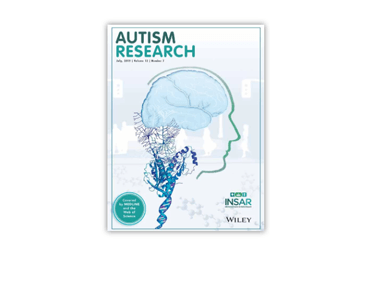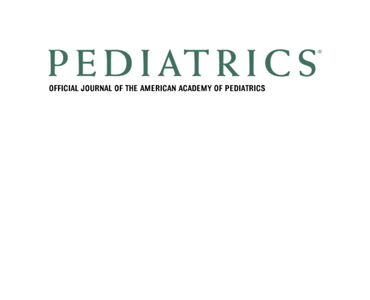An Automated CNN-based 3D Anatomical Landmark Detection Method to Facilitate Surface-Based 3D Facial Shape Analysis. R Huang, M Suttie, JA Noble.
Date: October 2019. Source: Greenspan H. et al. (eds) Uncertainty for Safe Utilization of Machine Learning in Medical Imaging and Clinical Image-Based Procedures. CLIP 2019, UNSURE 2019. Lecture Notes in Computer Science, vol 11840. Springer, Cham. Abstract: Maternal alcohol consumption during pregnancy can lead to a wide range of physical and neurodevelopmental problems, collectively known…









